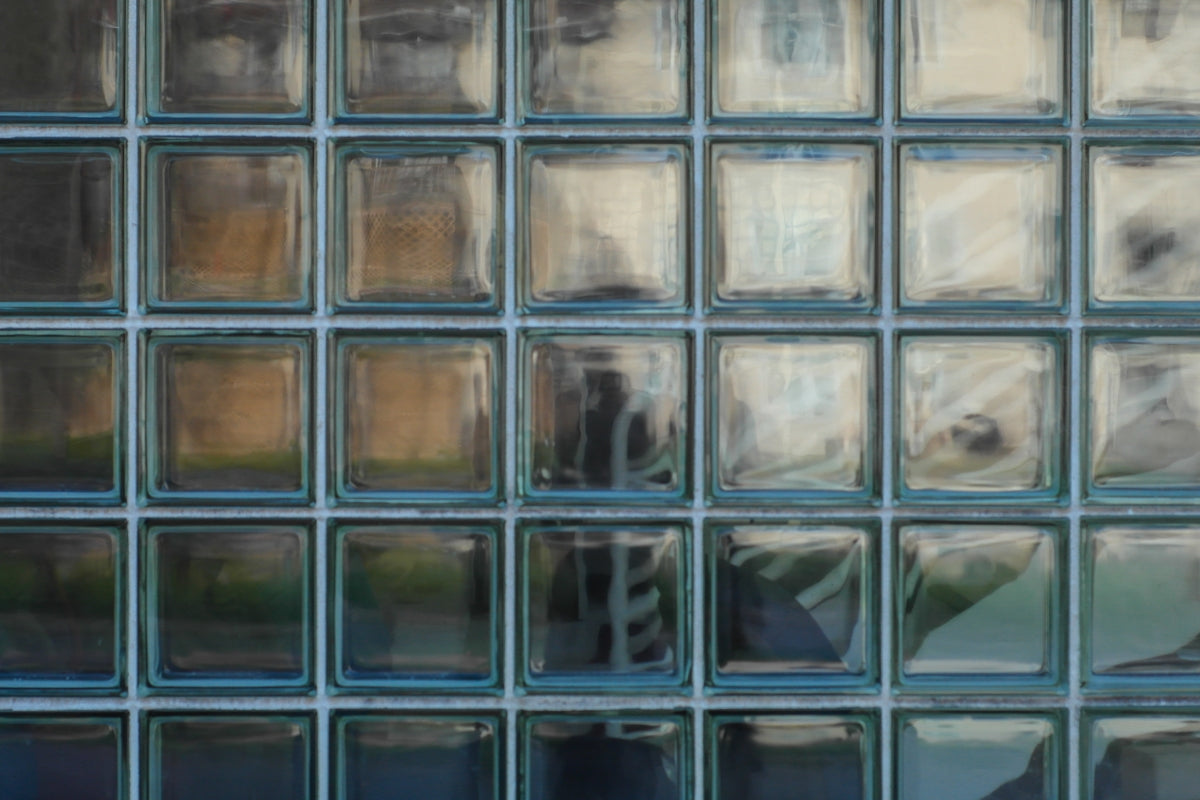Scratches on glass, plastic, and metal surfaces can range from minor annoyances to major eyesores. Whether it's a window, a car part, or a piece of furniture, restoring the surface yourself can be both rewarding and cost-effective. Here’s a step-by-step guide to help you through the process of DIY scratch repair and polishing, using professional equipment and compounds available at Glass Polish Shop.
Understanding the Basics of Surface Restoration
Before diving into the DIY process, it’s important to understand the materials you’re dealing with and the specific restoration approach each one requires.
For Glass Surfaces
When dealing with scratched glass, using the right abrasive and polishing compounds is essential. Cerium oxide is a fine-grade polishing compound that is effective for glass restoration. You can find a high-quality option here.
For Plastic Surfaces
Plastic surfaces often scratch more easily than glass, but they can be restored with appropriate compounds and polishing pads. Start with a Plastic Cutting Compound to address deeper scratches. A reliable choice is available here. Follow up with a Plastic & Acrylic Polishing Compound for the final shine, available here.
For Metal Surfaces
While metal can be more challenging due to its hardness, scratches can be reduced with specific abrasives and compounds. The metal restoration process often requires more steps to achieve optimal results.
Necessary Tools for the Job
For all surfaces, employing the appropriate rotary backing pads is crucial for an effective and even polish:
- 50mm (2") Soft Density PRO Rotary Backing Pad for precise control, ideal for smaller surfaces. Available here.
- 125mm (5") Medium Density PRO Rotary Backing Pad for larger areas, providing balanced pressure. Available here.
Step-by-Step Scratch Repair and Polishing
1. Preparation
- Clean the surface thoroughly to remove any debris or dust.
- Apply masking tape to the edges if you want to contain the work area and protect surrounding unblemished areas.
2. Start with Abrasives
- For glass and plastic, start with sandpaper if the scratches are significant. Gradually use finer grades until the scratch is barely visible.
- For metal, use a buffing pad with metal-specific abrasives.
3. Use Polishing Compounds
- Apply a small amount of cerium oxide for glass on a polishing pad.
- For plastics, use the designated cutting compound first, followed by the polishing compound.
4. Polishing
- Attach the appropriate backing pad to your rotary tool.
- Start polishing at a low speed, gradually increasing as needed. Ensure even application and movement to avoid heat buildup or uneven polishing.
5. Inspect and Finish
- Check the surface under good lighting to ensure all scratches are removed.
- If necessary, repeat the steps for deeper scratches.
- Finish with a protective wax or sealant if suitable for the material, ensuring longer-lasting results.
Conclusion
With the right approach and tools, such as the ones available at Glass Polish Shop, restoring scratched surfaces of glass, plastic, and metal can be a straightforward DIY task. By following these essential steps, you can achieve professional-looking results without professional costs.





Share:
Understanding Glass Scratch Repair Essential Techniques and Tools
How to Restore Clarity to Plastic Headlights: Tackling Dull and Hazy Surfaces